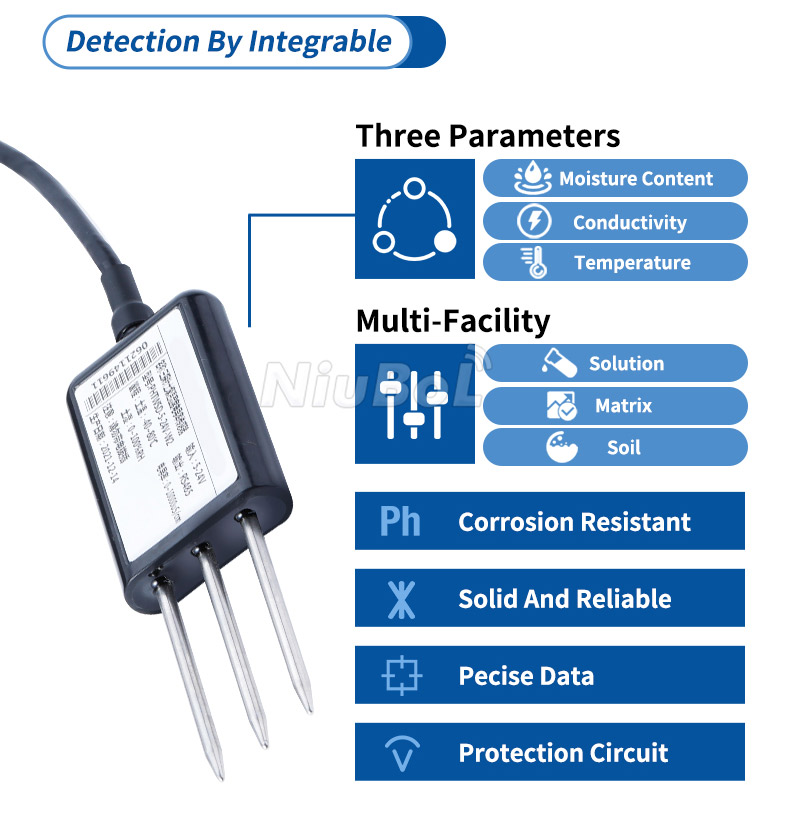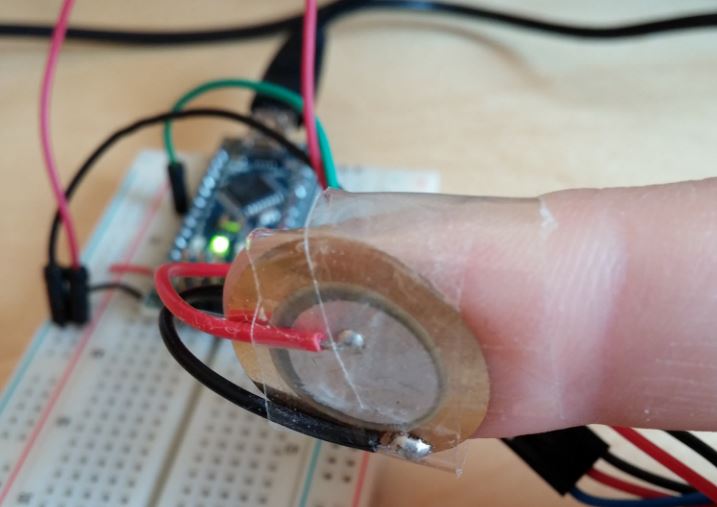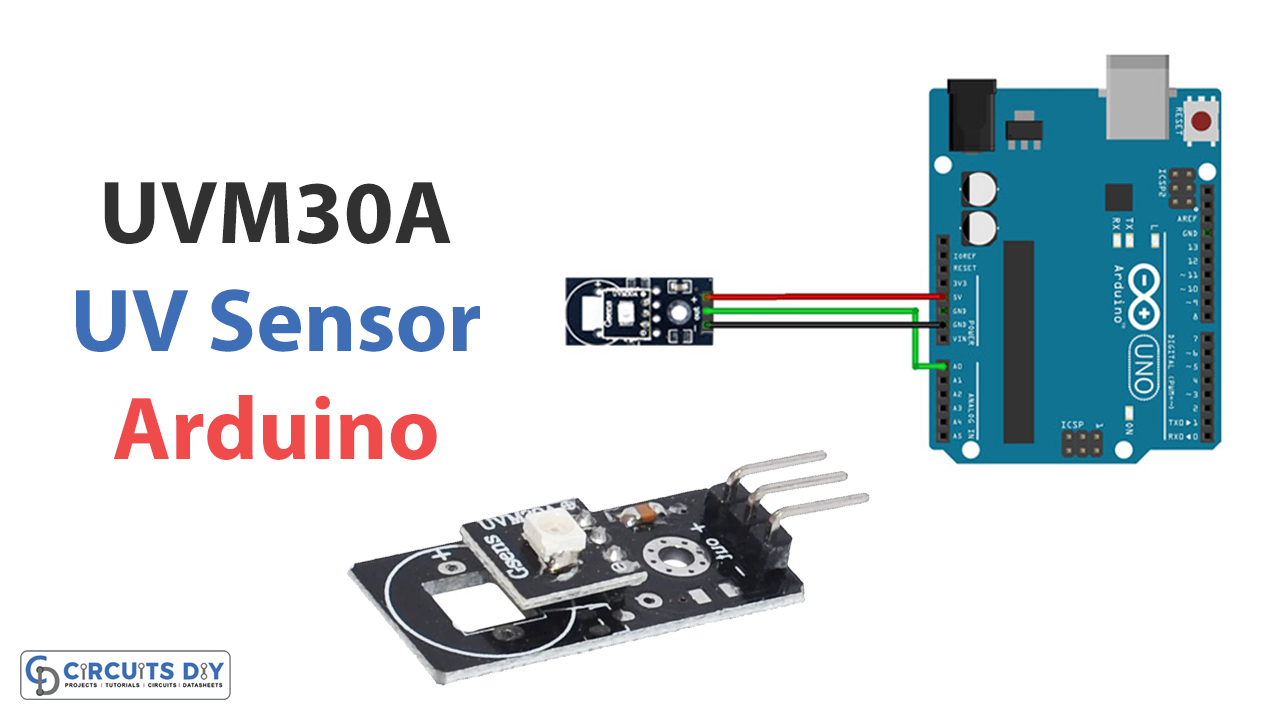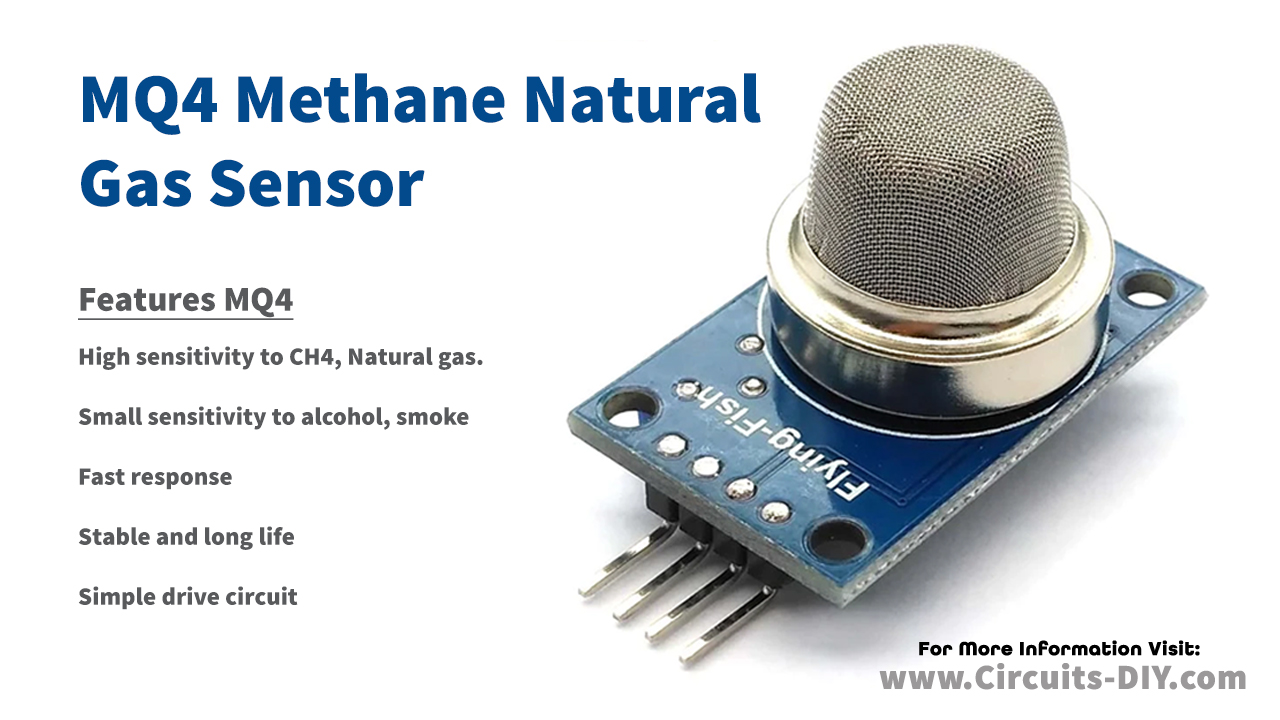How to Measure Soil Conductivity with Sensors?
Soil conductivity refers to the ability of soil to conduct electricity, which is influenced by the type of soil, its moisture content, and the concentration of dissolved salts. Measuring soil conductivity is important for assessing soil fertility, salinity levels, and overall soil health. In this article, we will discuss how to measure soil conductivity using sensors.
What are Soil Conductivity Sensors?
Soil conductivity sensors are devices that measure the electrical conductivity of soil by determining how easily an electrical current can pass through it. These sensors typically consist of electrodes that are inserted into the soil and connected to a meter or data logger, which measures the electrical conductivity.
Types of Soil Conductivity Sensors
There are different types of soil conductivity sensors available, including:
- Contact Sensors: These sensors require direct contact with the soil to measure conductivity accurately.
- Non-contact Sensors: These sensors can measure soil conductivity without the need for direct contact with the soil, using technologies such as electromagnetic induction.
Steps to Measure Soil Conductivity with Sensors
Follow these steps to measure soil conductivity using sensors:
- Choose the Right Sensor: Select a soil conductivity sensor that is appropriate for your specific needs and soil type.
- Calibrate the Sensor: Before taking measurements, calibrate the sensor according to the manufacturer’s instructions.
- Insert the Sensor: Insert the sensor into the soil at the desired depth, ensuring good contact with the soil.
- Take Readings: Take multiple readings at different locations in the soil to get an accurate measure of conductivity.
- Record Data: Record the conductivity readings for analysis and comparison.
- Interpret Results: Interpret the results to assess soil fertility, salinity levels, and overall soil health.
Factors Affecting Soil Conductivity
Several factors can affect soil conductivity, including:
- Soil Type: Different soil types have varying levels of conductivity due to differences in texture and composition.
- Moisture Content: Wet soil tends to have higher conductivity than dry soil due to the presence of ions in the water.
- Salinity Levels: Soil with high salt concentrations will have higher conductivity levels.
Applications of Soil Conductivity Measurements
Soil conductivity measurements have various applications, including:
- Assessing Soil Fertility: Conductivity measurements can help determine nutrient levels in the soil, which is essential for crop growth.
- Detecting Salinity: High conductivity levels indicate saline soil, which can impact plant growth and productivity.
- Monitoring Soil Health: Regular conductivity measurements can help monitor changes in soil health over time.
Conclusion
Measuring soil conductivity with sensors is a valuable tool for assessing soil health, fertility, and salinity levels. By following the steps outlined in this article and understanding the factors affecting soil conductivity, you can effectively measure and interpret conductivity readings to make informed decisions about soil management and crop production.
How to Measure Soil Conductivity with Sensors?
Soil conductivity refers to the ability of soil to conduct electricity, which is influenced by the type of soil, its moisture content, and the concentration of dissolved salts. Measuring soil conductivity is important for assessing soil fertility, salinity levels, and overall soil health. In this article, we will discuss how to measure soil conductivity using sensors.
What are Soil Conductivity Sensors?
Soil conductivity sensors are devices that measure the electrical conductivity of soil by determining how easily an electrical current can pass through it. These sensors typically consist of electrodes that are inserted into the soil and connected to a meter or data logger, which measures the electrical conductivity.
Types of Soil Conductivity Sensors
There are different types of soil conductivity sensors available, including:
- Contact Sensors: These sensors require direct contact with the soil to measure conductivity accurately.
- Non-contact Sensors: These sensors can measure soil conductivity without the need for direct contact with the soil, using technologies such as electromagnetic induction.
Steps to Measure Soil Conductivity with Sensors
Follow these steps to measure soil conductivity using sensors:
- Choose the Right Sensor: Select a soil conductivity sensor that is appropriate for your specific needs and soil type.
- Calibrate the Sensor: Before taking measurements, calibrate the sensor according to the manufacturer’s instructions.
- Insert the Sensor: Insert the sensor into the soil at the desired depth, ensuring good contact with the soil.
- Take Readings: Take multiple readings at different locations in the soil to get an accurate measure of conductivity.
- Record Data: Record the conductivity readings for analysis and comparison.
- Interpret Results: Interpret the results to assess soil fertility, salinity levels, and overall soil health.
Factors Affecting Soil Conductivity
Several factors can affect soil conductivity, including:
- Soil Type: Different soil types have varying levels of conductivity due to differences in texture and composition.
- Moisture Content: Wet soil tends to have higher conductivity than dry soil due to the presence of ions in the water.
- Salinity Levels: Soil with high salt concentrations will have higher conductivity levels.
Applications of Soil Conductivity Measurements
Soil conductivity measurements have various applications, including:
- Assessing Soil Fertility: Conductivity measurements can help determine nutrient levels in the soil, which is essential for crop growth.
- Detecting Salinity: High conductivity levels indicate saline soil, which can impact plant growth and productivity.
- Monitoring Soil Health: Regular conductivity measurements can help monitor changes in soil health over time.
Conclusion
Measuring soil conductivity with sensors is a valuable tool for assessing soil health, fertility, and salinity levels. By following the steps outlined in this article and understanding the factors affecting soil conductivity, you can effectively measure and interpret conductivity readings to make informed decisions about soil management and crop production.



